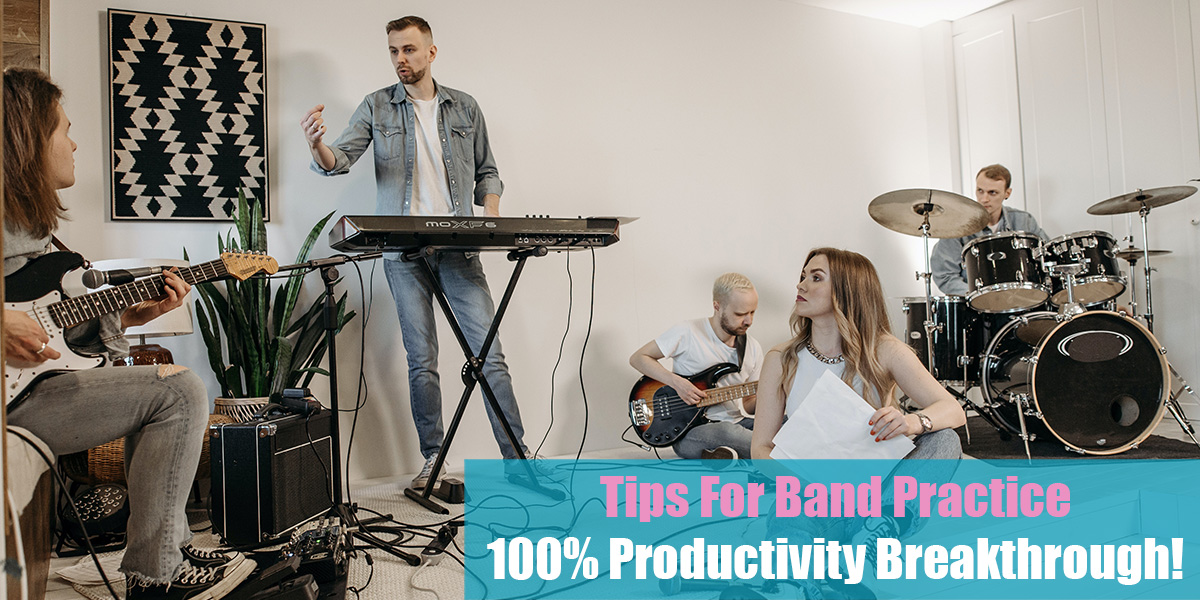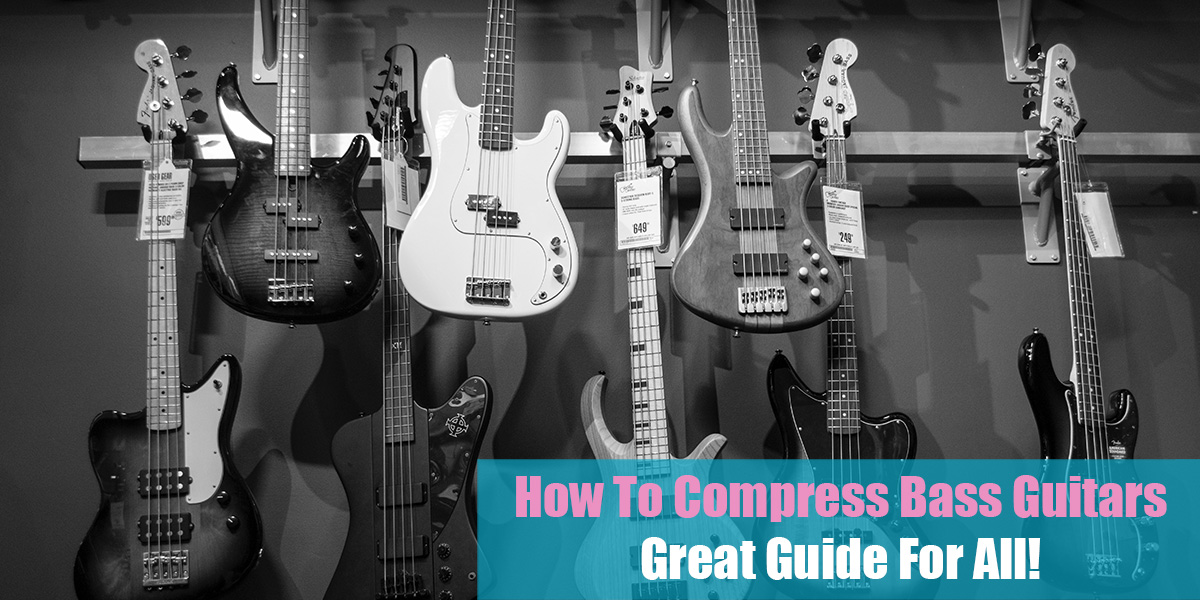How To Record Guitar Guide
Introduction
Today’s recording equipment allows anyone to create studio-quality recordings at home without breaking the bank. There is no doubt that recording a guitar correctly is one of the most fundamental aspects of musical production.
It is important to give thought to how you would like that guitar to sound as well as how you would like the guitar part to groove. You can now record your music more easily than ever before. It does not mean, however, that there are no challenges involved.
In the modern age of the internet, there are more gear options available on the market, with more affordable options available as well. However, in order to produce a convincing sound, you will need to invest time and effort. In this guide, we have provided answers to some of the most frequently asked questions.
Tip#1 – Cardioid Microphone
Recording your guitar amp may be a better option than using amp simulation for a variety of reasons. Let’s begin with that. If you decide to go in this direction, we strongly recommend that you use a cardioid dynamic microphone.
Acoustics from the rear are rejected by cardioid microphones. If you live in an environment with poor acoustics, this device would be ideal for you. The dynamic microphone is less sensitive to high frequencies, which is not necessary when tracking electric guitars.
High-frequency content is very limited in electric guitars, and in this context, it is not necessary. When mixing electric guitars, we often use a low-pass filter to eliminate everything above 10kHz. The use of a condenser microphone in a home studio environment is therefore very limited. For this purpose, a Shure SM57 microphone is an ideal option.
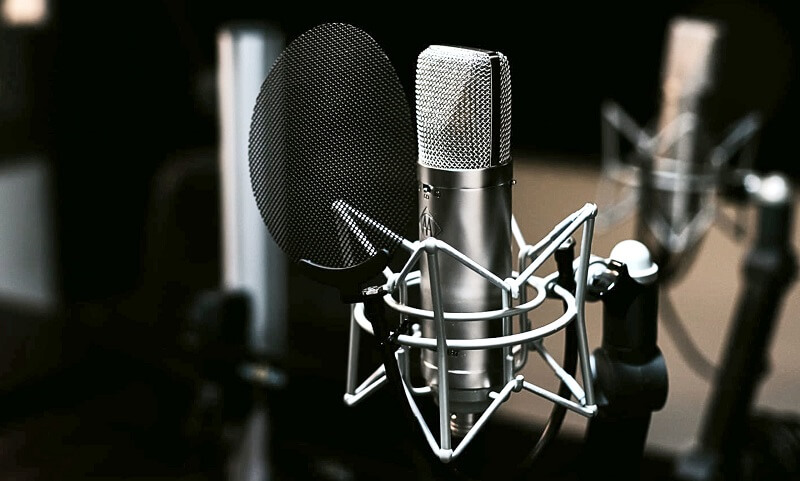
Tip#2 – Changing Gear in Time
Artists often change rigs throughout their careers. Consider the appropriate time period when researching an artist’s rig. Pedals, amplifiers, and effects are not the only items included in this category. It is also important to research the recording chain.
SSL consoles were used for recording some of the Police’s most popular hits. That is a very specific flavor and it is not something you will be able to achieve with a vintage REDD preamp. In the same way, compressors operate similarly. We mixed guitars colored by Herchild compressor to create a true ’60s sound. As opposed to a DBX 160, this has a period-correct flavor.
Tip#3 – Find the Right Tone on the Amp
The recording is an exciting phase for many people. As a result, they rush. Please do not make this mistake. Make sure you spend sufficient time adjusting the EQ on your guitar amp as well as the tone controls on your guitar.
In order to achieve this goal, you must record a guitar tone that does not require any equalization during the mixing process. You are well on your way to achieving your goal, and that is what is most important to you. The bass knob should be cranked down a few notches as a general rule of thumb. On the guitar, you do not need a great deal of low-end.
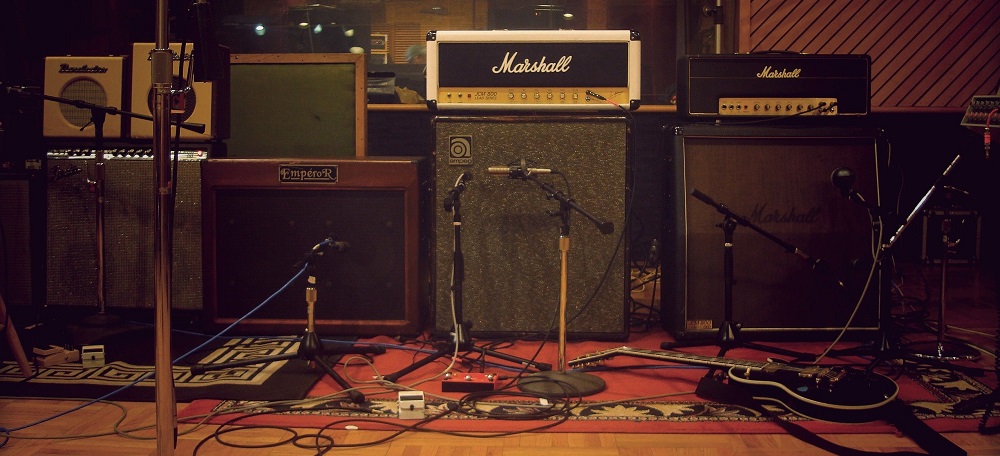
Tip#4 – Listen Closely
The first thing you should do is get your amp to sound right in the room. Take some time to think about what type of sound you want to achieve, and listen objectively to what you hear. The time to experiment is now – getting it right at the first stage will make micing much easier in the future.
Make sure you try your amplifier in different areas of your room at the volume you intend to record. The tone controls on your amplifier should be swept through their range while you play and stopped when the controls sound appropriate. The next step is to position the microphone once your sound has been set up.
Tip#5 – Find the Tone in the Context of the Mix
The guitarist should play along with the track as you move the microphone around to find the best position. Make sure that the gain is set appropriately on your interface. Once the guitar is properly positioned in the mix, adjust the volume using the channel fader in your headphones.
With the microphone in place, you can move around and listen to how the guitar sounds in relation to the mix. This is a much more effective method of working. There will be no one to hear the guitar in solo – so it does not matter if it sounds poor in solo. A bright, twangy tone may sound inappropriate in a solo setting. It may, however, sound perfect in the mix.
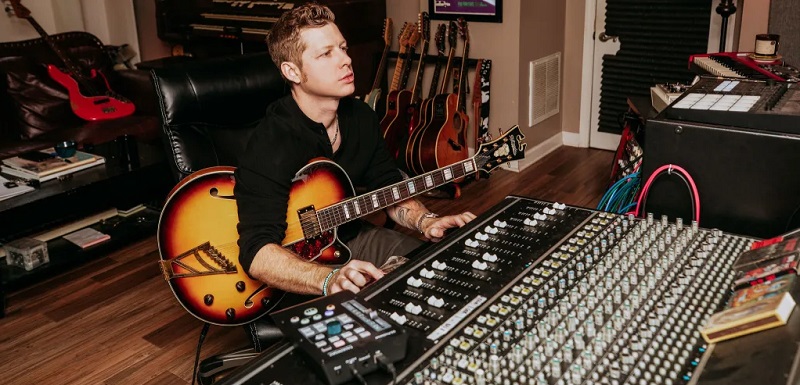
Tip#6 – Use a Reference Track
You can use a reference track as a basis for comparison if you are having difficulty finding the right tone. Look for a song with a guitar tone that appeals to you. Have it ready to play through your speakers or headphones once you have imported it into your DAW.
Listen to the tone of the guitar. Does it appear bright or warm? Is it distorted or clean? The tone that you are capturing should be compared to the reference track. Consider boosting the highs of your guitar and moving closer to the center of your speaker cone if your guitar is sounding dull in comparison. Do the opposite if it sounds dull. The idea is clear…
Tip#7 – Prepare Your Guitar
Before you begin to think about amplification, tone shaping, microphones, and everything else, you should ensure that your guitar is in perfect working order. You should first clean the strings or replace them with new ones if they have seen better days.
Ensure that the instrument does not emit any buzzes or other unwanted noises and that all cables used to hook everything up are of the highest quality. Additionally, you or your guitarist should be fully conversant with the part you are playing before starting the recording process.
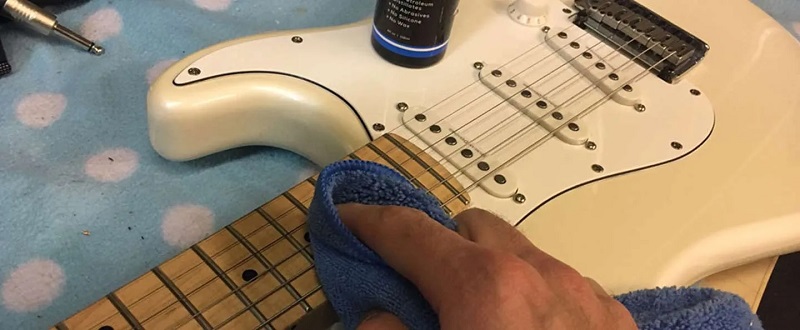
Tip#8 – Use Less Distortion
It is common for distorted guitars to sound more distorted on recordings than they do in person. It is great to play live with a loud and distorted guitar. However, heavy distortion on a recording can quickly occupy space in the mix and cause a number of problems.
It appears that guitars sound more distorted on a recording, so you do not need to use them as frequently. An amp simulator can be used if you decide during the mixing phase that you desire more distortion. The problem arises when you record excessive distortion.
Tip#9 – Double Tracking
There is nothing unusual about double-tracking rhythm parts. This process involves recording the same part twice and panning each of them hard left and right. In this way, you can create a great deal of depth and width that is not possible with a single take.
To achieve the desired effect, you should perform two separate takes; you cannot simply duplicate one part and pan it. Duplicating anything will simply result in a louder version of it, whereas the subtle differences between two different performances are what make something sound large and expansive.
Check out our full article on double-tracking here!
Tip#10 – Amp Size Doesn’t Matter
Does size matter, or does it not? When it comes to live performances, bigger is usually better. In a recording studio, however, it does not matter much. Most of the time, you are going to place the microphone right up against a single speaker, so whether the cabinet has one or ten speakers does not matter.
There will be an effect on the tone of the speaker based on its size. That is not to say that a smaller speaker is less effective. Guitarists often choose to use tiny amplifiers in the studio due to the sound they produce.
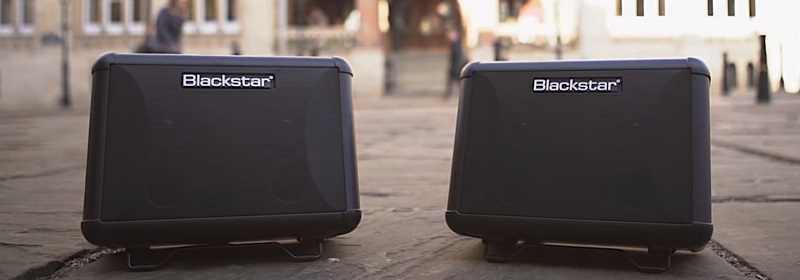
Tip#11 – Adjust Volume Levels
Try recording a clear signal if the input is not clear. Generally, you do not want the input intensity of the interface to exceed the level. Lowering it is better than over-driving the A/D converter, which is a major cause of distortion. It is recommended that guitars be recorded at an overall volume of around -18dB, and while peak levels can reach -15dB, be careful to avoid clipping at all costs.
In light of the dynamic nature of guitar DI signals, make sure that your recording input level is adjusted so that even the highest sound levels do not cause clipping. From the tracking stage to the mixing stage, keep the peak levels well below clipping to prevent distortions.
Tip#12 – Re-Amp if You Need It
No matter how direct your record, it is never too late to record through an amplifier. An amplifier can be connected to the dry-recorded guitar track using a re-amping box. As a result, you are able to spend as much time as you wish tweaking the tone of the amplifier prior to recording.
Re-amping offers many benefits, but you are unlikely to do it in your home recording studio. There are a number of re-amping boxes on the market, and it is advisable to make a choice early on and stick with it.
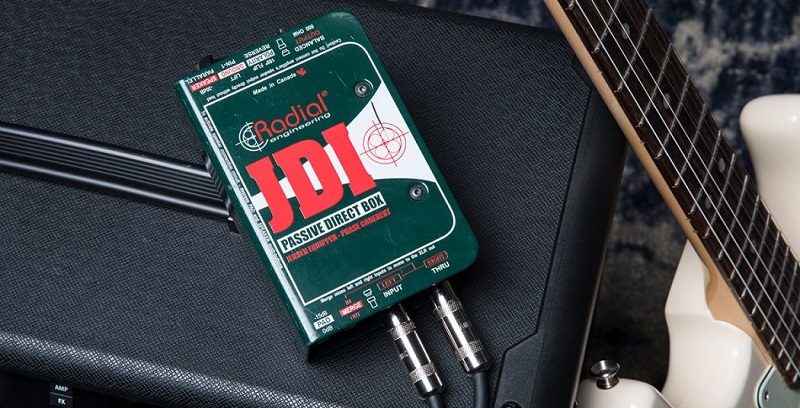
Tip#13 – Miking The Amp
In order to properly mic a guitar cabinet or bass cabinet, two basic considerations must be made: the choice of mic and the position of the mic. As a general rule, budding engineers are advised to “throw a ’57 (Shure SM57 dynamic mic) a couple of inches in front of the center of the cabinet, and you’re ready to go” when recording electric guitars.
As an issue, this is sound advice – it is a good choice of microphone and appropriate mic positioning and should produce at least an acceptable guitar sound. There are several variations on that most basic method, as it may not capture the best sound possible, or the sound that the artist desires.
Conclusion
The guitarist may be asked to play a few chord flourishes, such as the “add” and “sus” chord shapes if their acoustic guitar part plays many open chords. A double-tracked version of that same guitar part produces an even more elaborate sound. An open sound is created by the subtle nuances of two different guitar parts performing simple chord flourishes.
During the recording process, recording engineers have to consider a number of different factors. As well as bringing a more technical perspective to the instrument, they have a comprehensive understanding of the complete musical production process. In spite of the fact that many genres are heavy on guitar and tracks rely on the guitar to be a prominent part of the production, this is not always true.
As a result, it is advisable to approach the guitar whenever you record guitar, whether you are a guitarist or an engineer, as one piece of the puzzle, and not as the only part of the puzzle.

